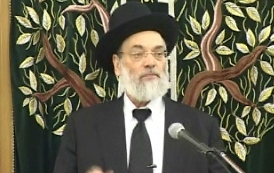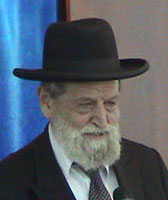Beit Midrash
- Sections
- Chemdat Yamim
- Ein Ayah
Ein Ayah: [In the previous piece (which was too long and complicated to bring in this context), on the same mishna, Rav Kook learned from the mishna that while in the realm of religious action, there is a need for a high level of conformity, regarding religious thought, there is much more room for individualism. This will be important in appreciating the following short piece.]
The mizbeach (altar) is the symbol of the covenant of spiritual unity, as Hashem is One and dwells within Bnei Yisrael. That is why there was particular anger against the members of the tribes of Gad and Reuven when they built their own altar (Yehoshua 22:12). This serves as a sign that the unity in the matter of practical actions will always go together with spiritual unity. Specifically, just as all the actions must strengthen the path of Hashem within the nation in practice, so too the lofty spiritual ideas must be strengthened.
A condition of the joining together of all the contributions of the individuals to one unified setting in action and in thought is that every individual must not turn his individuality, whether in action or thought, into a fundamental matter. All philosophical thoughts and actions have to be primarily intended to benefit the greater community, in regard to their actions and thoughts. Following this approach brings one to a good way of life in both of these realms.
This limiting of one’s emphasis on individualism is represented by bowing down, as it shows that one nullifies himself as an individual before the great light that is good for all, whose spirit fills the whole world. Therefore, to complete the whole experience that is included in the bringing of bikurim, the one who brings the fruit puts his contribution beside the [unifying] mizbeach and bows down before leaving.

The Placement of Yihiyu L’Ratzon
Various Rabbis | Adar 5769

Our 5 Levels of Life & Existence
Ein Aya Shabbat 5,21
Rabbi Ari Shvat | Iyar 5783

When Even Rav Kook Identifies a Jew as Evil
Ein Aya Shabbat 5,22
Rabbi Ari Shvat | Nissan 5783

























